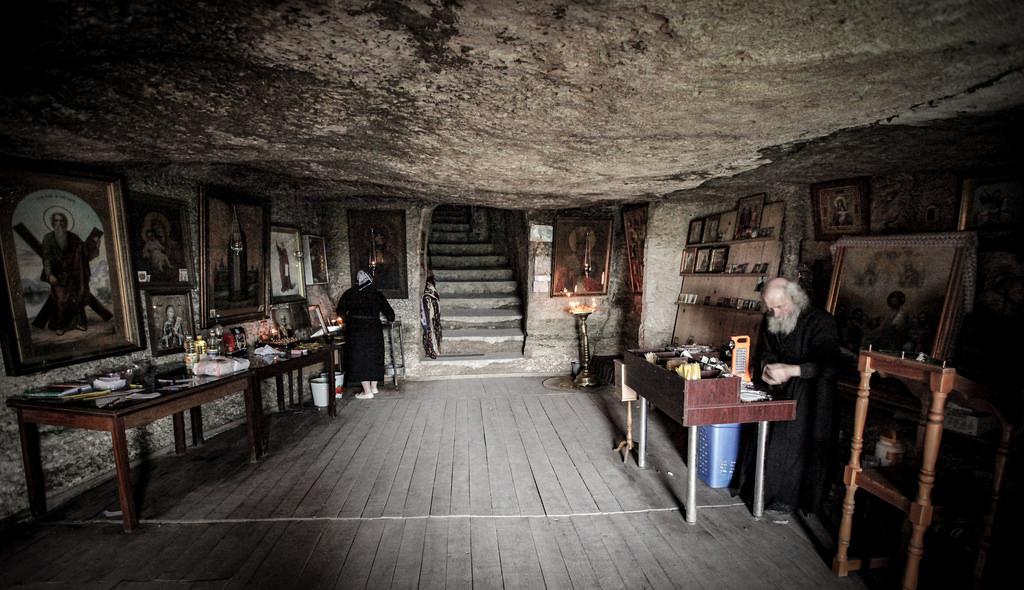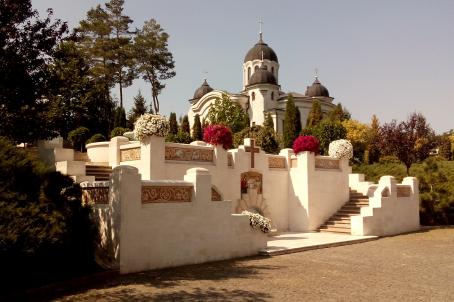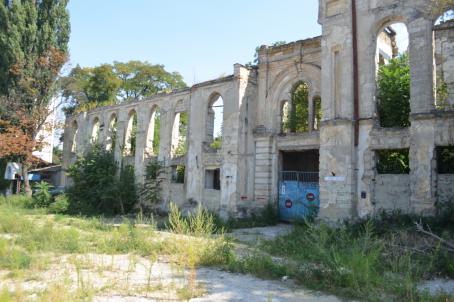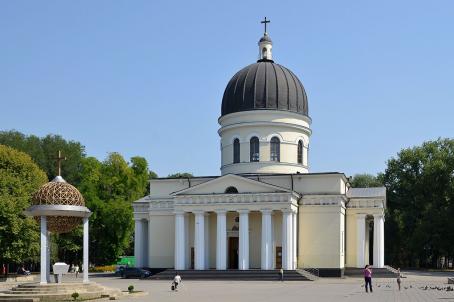Orheiul Vechi

A beautiful and unique experience, the caves at the Orheiul Vechi monastery in Moldovia contain old places of worship and prayer, transporting the visitor back to far simpler times and allowing the imagination to take over.
About this building
Orheiul Vechi (Old Orhei), is an archaeological and ecclesiastical complex at about 50km north of Chişinău, Moldova. Its most well-known attraction is the Cave Monastery, a complex of rooms and tunnels dug into a remote, rocky ridge over the Răut River. The UNESCO world heritage site includes a 1905 Orthodox church dedicated to the Ascension of St Mary as well as ruins from different eras, from the times of the Dacian tribes (2000 years ago) to those of the Mongol and Tatar invasions. The entire site can be visited in half a day and it is a hidden pearl of natural beauty, spirituality and historical relevance.





